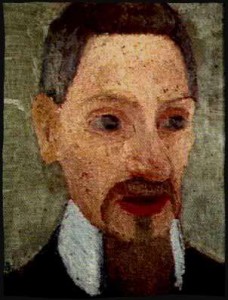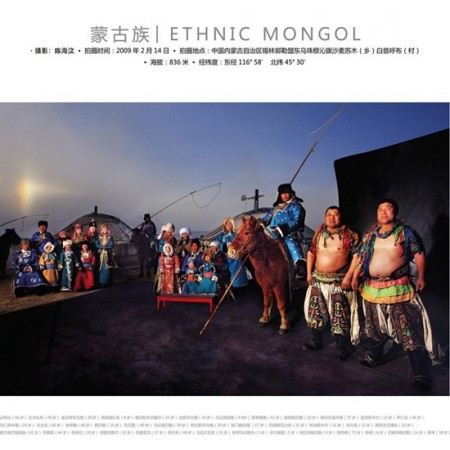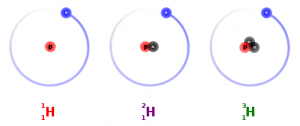
I recently discovered Ranier Maria Rilke’s “Self-Portrait 1906” in Edward Hirsch’s collection Poet’s Choice (which I picked up on sale at Barnes and Noble last week). The author’s integrity in this poem is quite striking. Hirsch has a very loose translation (from the German) by Robert Lowell that is very different from the more literal translation here, but both versions capture the essential meaning and honesty of the poem.
Certainly there, in the eyelids’ shape,
Of some ancient, long-ennobled race.
Childhood’s anxious blue still in the eyes,
And here and there, humility, not a fool’s
Yet a servant’s though, and feminine.
The mouth’s, a mouth, large and exact,
Unconvinced, but speaking out for
Justice. The brow’s without guile,
Gladly gazing down to quiet shadows.This, its context’s barely suspected:
Neither in adversity nor success
To gather to precise penetration:
Yet serious reality’s being planned,
As if with scattered Things, from afar.
This version of the poem is from A.S. Kline’s “Ranier Maria Rilke: Twenty More Poems” which is free for non-commercial reproduction.
I also like this poem for middle school because serves both the Language and the Personal World curriculum. Personal World is designed to give students the time to examine themselves and their place in the society, the world and even the cosmos, and honest self assessment is always something worth working on.


